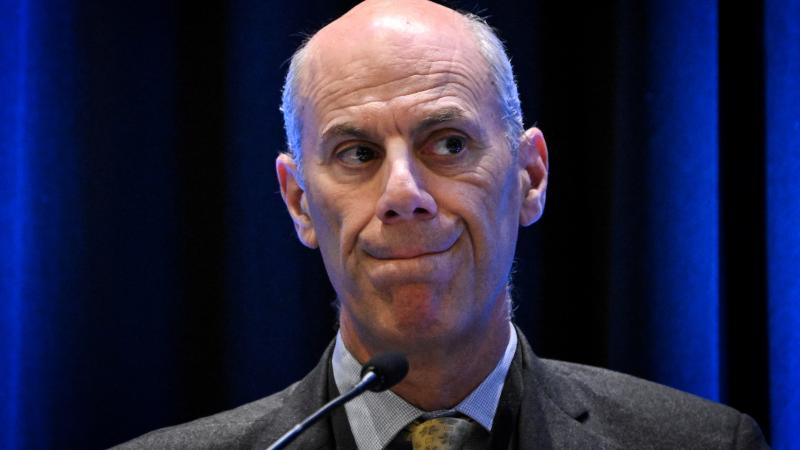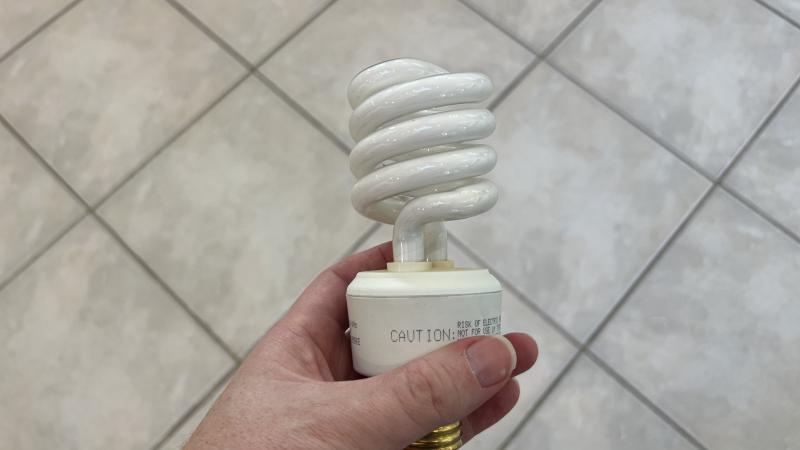Illinois legislator wants oversight on immigrant housing spending
Recently announced state funding breaks down to $30 million for a large intake center, $65 million to help Chicago launch a winterized shelter site, and $65 million in increased funding to expand wraparound services for non-citizens.
A state legislator wants to know more about where taxpayer dollars are being spent in relation to the growing migrant housing crisis.
The migrant arrivals have been housed in police stations, O'Hare International Airport, YMCAs and former colleges, and as the numbers continue to increase as winter sets in, city officials are looking at public places that could be turned into housing, but several locations have not come to fruition.
Original plans by the city included warming buses for the migrants during the winter months, and a $29 million contract to use taxpayer funds for military-grade basecamp tents at Brighton Park, but the Illinois Environmental Protection Agency shut that project down due to insufficient soil sampling and remediation.
On Thursday, Pritzker was asked what the state is doing to shelter the arrivals in the fallout of the Brighton Park location on hold.
"We literally have people working day in and day out in the same room, talking to one another, and we're going to continue to do that," Pritzker said. "We have to solve these problems to make sure that we are keeping the migrants safe."
The city and the state have already used taxpayer dollars to shelter the arrivals. Recently announced state funding breaks down to $30 million for a large intake center, $65 million to help Chicago launch a winterized shelter site, and $65 million in increased funding to expand wraparound services for non-citizens. That doesn't include other migrant costs to taxpayers such as health care and food.
State Rep. Brad Halbrook, R-Shelbyville, told The Center Square that there is a lack of cooperation from the state with lawmakers over the use of taxpayer funds.
"I believe there is a lack of accountability and a lack of transparency. Any time you move these large sums of money in a short period of time, there is a cause for concern," Halbrook said. "The budget was passed back in May with the General Assembly's priorities, and now the governor has leeway up to 8% of the budget to move money around. This is not what the General Assembly agreed to, and this is not what the taxpayers thought they were getting."
Other areas discussed for shelter included Amundsen Park, which was also shot down after pushback from aldermen and residents.
Pritzker said the state is letting Chicago pick the locations while the state picks up the cost.
"The city locates the sites that they think are appropriate, and we have stepped in with hundreds of millions of dollars," Pritzker said. "We are over $500 million in expenditures."
Several Chicago officials have called for changes in regard to who should be handling the crisis.
"I think the situation only gets worse," Halbrook said. "There is disagreement among city council members and there's disagreement between the governor and the mayor of Chicago on how this all needs to be done."













